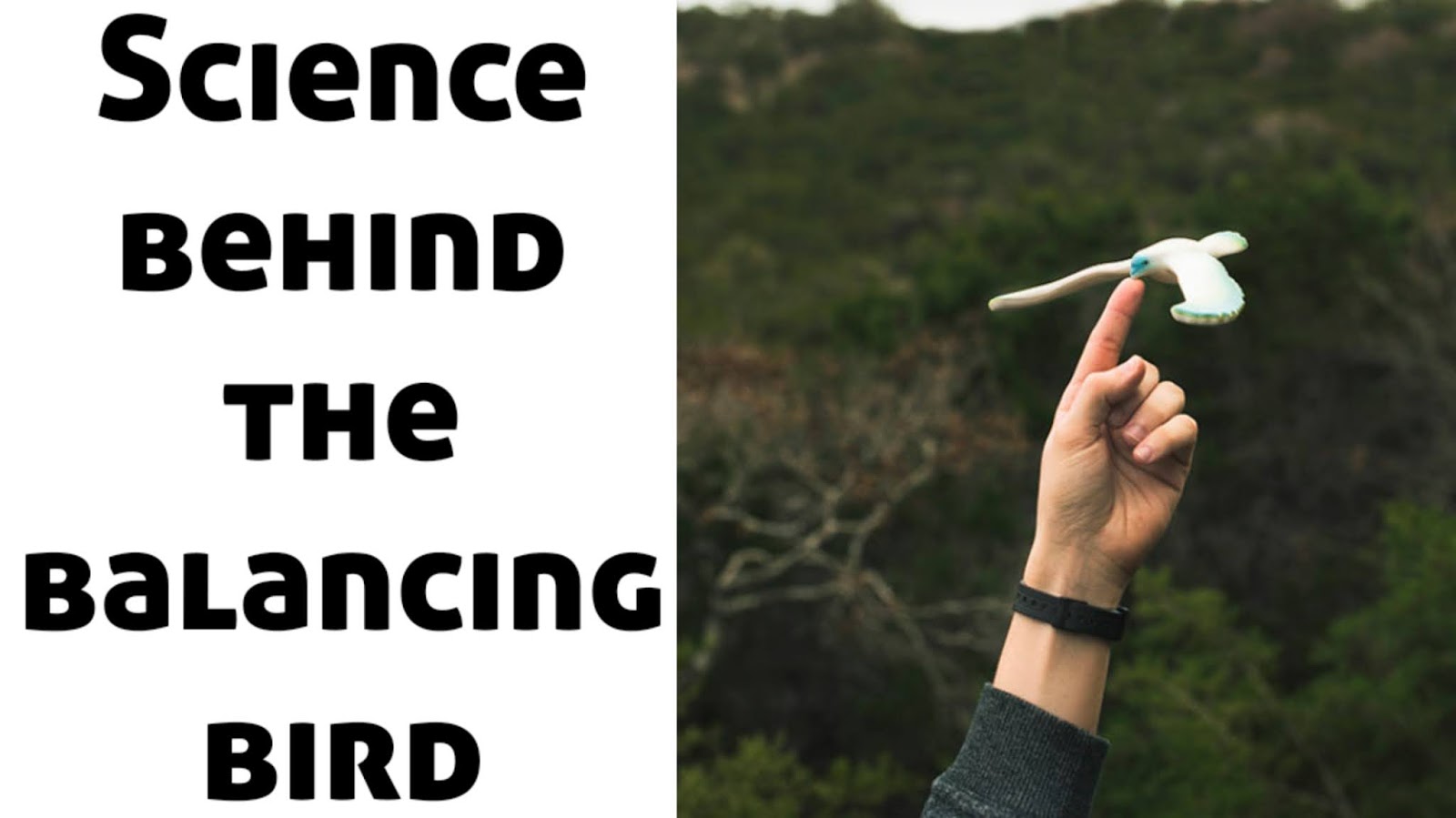🌍 What is the International Space Station?
The International Space Station (ISS) is a large spacecraft orbiting Earth that serves as a home and workplace for astronauts and cosmonauts. It is the largest human-made body in low Earth orbit and a symbol of international cooperation in science, technology, and space exploration.
🚀 A Brief History of the ISS
The ISS project began in 1998, when the first module, Zarya (meaning "Sunrise" in Russian), was launched into orbit. Since then, the ISS has grown through more than 100 missions involving space shuttles, cargo spacecraft, and international partners.
Key milestones:
- 1998: Launch of the first module (Zarya)
- 2000: First crew arrives aboard the ISS
- 2011: Completion of major construction
- Present: Over 20 years of continuous human presence in space
🌐 Who Owns and Operates the ISS?
The ISS is a joint project involving five space agencies:
- NASA (United States)
- Roscosmos (Russia)
- JAXA (Japan)
- ESA (Europe)
- CSA (Canada)
Together, these agencies share responsibilities in funding, operations, and crew rotations. It is a unique model of global collaboration.
🧪 What Happens Aboard the ISS?
The ISS is primarily a space laboratory. Here are some key areas of research:
- Microgravity Experiments: Studying how materials, fluids, and biological systems behave without gravity.
- Medical Research: Understanding human health, muscle loss, bone density, and immune responses in space.
- Earth Observation: Monitoring climate change, deforestation, ocean currents, and natural disasters.
- Technology Testing: Trying out new technologies for future missions to the Moon and Mars.
👨🚀 Life on the ISS
Astronauts on the ISS live and work in microgravity. They follow a daily schedule that includes:
- Scientific experiments
- Maintenance and repairs
- Exercise (2 hours a day to stay healthy)
- Communication with Earth
- Rest and recreation
They eat pre-packaged meals and sleep in small, personal sleeping quarters attached to the station’s walls.
🛰️ Structure and Modules
The ISS consists of multiple interconnected modules:
- Zvezda and Zarya: Russian service modules
- Destiny: US laboratory
- Columbus: European research module
- Kibo: Japanese science module
- Node Modules: Connect various sections
- Solar Arrays: Provide power to the station
The ISS orbits Earth every 90 minutes at a speed of about 28,000 km/h (17,500 mph), completing nearly 16 orbits per day.
🛰️ Size of the International Space Station (ISS)
- Length: ~109 meters (357 feet)
- Width (Solar Arrays Span): ~73 meters (240 feet)
- Height: ~20 meters (66 feet)
- Mass: ~420,000 kilograms (925,000 pounds)
- Habitable Volume: ~388 cubic meters (13,696 cubic feet)
- Pressurized Modules: 16 (used for research, living quarters, etc.)
- Comparable To: The size of a football field, including the end zones.
🌌 Why is the ISS Important?
1. Scientific Advancement: Enables research that can’t be done on Earth.
2. International Unity: Proves that nations can work together for peaceful, scientific goals.
3. Future Missions: Acts as a stepping stone for missions to the Moon, Mars, and beyond.
4. Educational Impact: Inspires students and educators worldwide to pursue STEM education.
🔮 The Future of the ISS
The ISS is currently funded through 2030, but there are discussions about transitioning it to commercial operators. Private companies like SpaceX, Axiom Space, and Blue Origin are planning their own space stations, possibly creating a low-Earth orbit economy.
🧠 Fun Facts About the ISS
- The ISS is as big as a football field.
- More than 260 astronauts from 20+ countries have visited.
- It’s visible from Earth with the naked eye!
- The ISS has traveled over 1.6 billion miles since its launch.
- The solar panels alone are about the size of a Boeing 777’s wingspan.
- Its internal space is roughly equivalent to a 5-bedroom house.
📌 Conclusion
The International Space Station is one of humanity's greatest engineering feats. It is a floating laboratory, a home in space, and a powerful symbol of what we can achieve together. As we look to the future of space exploration, the ISS remains a beacon of science, collaboration, and hope.






0 Comments